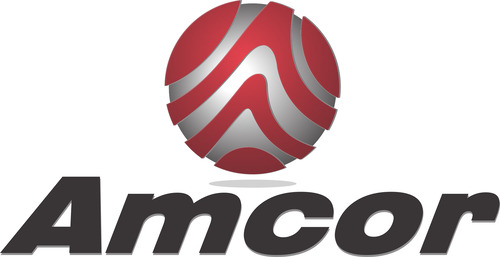What Are Polymer Additives?
Plastics manufacturing has evolved significantly over time. Plastics were originally produced using a few natural materials but now there are thousands of plastics formulated from a wide range of natural and synthetic materials. One of the big changes over time in plastic formulations is the use of polymer additives.
Additives are chemicals added to the base polymer to improve processability, prolong the life span, and/or achieve the desired physical or chemical properties in the final product. While the content of additives is typically only a few percent, their impact on polymer performance and stability is significant. Once the additives are added, the polymer blend is referred to as a masterbatch and is processed accordingly.
Types of Polymer Additives
There are countless options when it comes to additives and each one offers a specific improvement to the polymer’s functionality or stability. Selecting the right additives for your polymer may seem like a daunting task – this is why it is crucial to choose a partner, like Amcor, that has extensive expertise in various additives and resins as well as experience with state-of-the-art compounding and blending processes. Amcor will guide you through the selection process to ensure the right additives are chosen for your specific application.
Below are common categories of polymer additives. Even within a specific category, such as flame retardants, there are numerous additive options available; the additive that is best for a given plastic depends heavily on the base polymer (to ensure compatibility) and the application of the final product.
–> Plasticizers: base polymers are often rigid and do not have the necessary flexibility and rheology, or flow, properties that are needed for plastics processing. Plasticizers are added to improve rheology as well as elasticity. Plasticizers are one of the most common polymer additives and an example is phthalate esters used in PVC products.
–> Anti-aging stabilizers: nearly every plastic is prone to degradation when exposed to UV light, such as from sunlight, and oxygen including ozone. The degradation causes brittleness, discoloration, and loss of some physical properties. Additives, referred to as anti-oxidants, stabilizers, or anti-ozonants, are added to combat the deterioration of the plastic and to significantly extend the life span of the final product. Examples of antioxidants include phenols, aryl amines, and phosphates, and examples of UV stabilizers include benzophenones and benzotriazoles. Additionally, black is an excellent UV absorber so paints, dyes, or elemental carbon black are often added to protect products against UV light.
–> Blowing agents: these additives are added to the base polymer and when a specific temperature is reached during processing they decompose, releasing gas that forms a cellular structure within the plastic. This structure reduces density and improves insulation properties. There are many different blowing agents available from salts to complex nitrogen-releasing chemicals.
–> Flame retardants: flame retardants prevent, delay, or slow down combustion. These additives are common in electrical products to avoid the ignition and burning of plastics. Flame retardants can be mixed with the base polymer, or added during the plastic processing step, or even as a surface layer finish on the final product. Halogens such as bromines as well as phosphorus and nitrogen chemistries are common flame retardants.
–> Nucleating agents: these additives improve mechanical properties and transparency. They also speed up the plastic crystallization rate, reducing overall cycle time.
–> Processing: these additives are combined with the polymer to improve the processability and processing characteristics of the material. Examples of processing additives include lubricants, and more specifically, fatty acids, hydrocarbon waxes, and some types of polyethylene.
–> Anti-static: these additives are used to minimize the potential for static electricity build up on the surface of the plastic, and in some cases even prevent it entirely. Examples of anti-static additives include amines, ammonium compounds, and polyethylene glycol esters.
–> Colorants: the purpose of these agents is to change the color of the final product. These additives are often pigments or dyes. The specific dye or pigment selected is largely based on which base polymer is being used as the two materials have to be compatible.
–> Odor: there are also additives to modify the odor of the final product. An example of an odor agent is when a chemical is added to paints to produce a more pleasing smell.
–> Anti-microbial: given the increasing trend in implantable medical devices and other technologies, anti-microbial additives are becoming more popular. These agents protect against deterioration of the plastic and reduce the potential for a microbiological attack.
Amcor
Amcor is a manufacturer of polyethylene film and bags, as well as polyolefin compounds, additives, blends, and masterbatches. Amcor has grown from a single product line to hundreds of products and five product divisions. In addition to selling products, we also provide tech support, assistance with your equipment, and process recommendations.
Amcor is also a full line distributor of various chemicals, resins, and gases for the plastic industry. With warehousing and distribution facilities across the United States, Mexico, Eastern Europe and China, we service companies of all sizes and locations across multiple industries.
Amcor realizes that quick turnaround, on time delivery, a quality product, and personal service are what it is all about. Contact us today to learn how we can assist with your next project!

